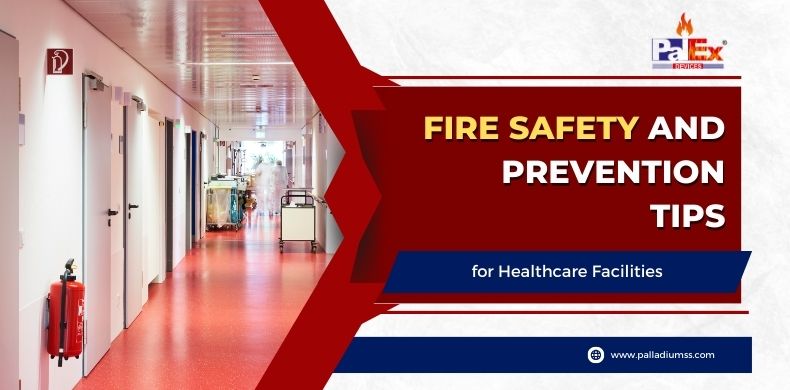Many people in hospitals cannot get out of bed because of their physical condition or health. Additionally, health care facilities have ample supplies of oxygen, volatile chemicals, and other drugs that can spread fires and emit deadly fumes into the air. These are some of the important factors to consider when planning and implementing fire safety and prevention procedures for a healthcare facility.
Fire Safety in Healthcare
- Develop a fire safety and evacuation plan, and make sure everyone at the facility knows these procedures. If possible, conduct fire drills to ensure that all workers are aware of evacuation methods and what to do in the event of a fire.
- Ensure that all exit doors, evacuation routes, and main paths are unobstructed and clutter-free. Follow local regulations for door locking and fire door maintenance.
- Train the workers to use ABC fire extinguisher 1 kg.
- Make sure employees know where the fire alarm system is and how to activate them.
- Learn where compressed gas and oxygen shutdown controls are located and how to use them.
- Ensure staff is aware of the need to take immediate action in the event of a fire to keep patients safe.
- Make sure staff know how to move patients quickly and safely, and they also know what needs to be done to ensure patients stay safe in the event of a fire.
Also read :Fire Safety Checklist for Your Business – Complete Guide
Fire Prevention in Healthcare
Fire prevention is the best approach to fire safety. However, no installation is perfect, and no plan can prevent all potential causes of fire. To reduce the chances of a fire, the following prevention tips can help you:- Avoid smoking inside the building, especially among the sick. Negligence with cigarettes or other smoking materials is a major cause of fires in residential settings. If there is a designated smoking area, insert large metal ashtrays that are designed not to tip over. Make sure no one smoke near the oxygen supply.
- Be careful about electrical wires, tools, and electrical equipment. Make sure electrical wires and sockets are in good condition without any damage, cracks, or frayed areas. Do not run electrical wires under carpet or rugs or overload electrical outlets or extension cords. Also, replace any appliance, tool, or equipment that emits sparks, smoke, or unusual odors.
- Be careful in areas where fires may be more likely. Take extra precautions in kitchens, dining rooms, laundries, and any other area where fires are likely to occur.
- Clean lint traps in your washer and dryer, making sure grease and other flammable materials don’t build up on kitchen equipment. Also, be sure to store flammable materials safely.
- Ensure that the alarms are working and the fires are extinguished. Follow local requirements for the placement and maintenance of fire alarms, optical smoke detector, carbon monoxide detectors, and fire suppression systems. Ensure that alarms and detectors are checked regularly and are constantly operating.



